There is something about gentians that I am drawn to. I can't quite put my finger on it but it definitely has something to do with their interesting pollination strategies. One of the coolest gentian species I have ever met grows in the mountainous regions of western North America.
Meet Frasera speciosa a.k.a. the monument plant (a.k.a. elkweed). It is only one of 14 species in the genus. This fascinating species (as well as its relatives) lives out most of its life as a rosette of large, floppy leaves. The monument plant is what is known as a "monocarpic perennial", meaning it lives for many years as a rosette before flowering once and dying. It has been recorded that some individuals can be upwards of 30 years old by the time they flower!
This reproductive strategy brings with it a specific set of challenges but yet, if balanced correctly, offers many advantages. For starters, if you only flower once in a life time, you best make it count. The good news is, if flowering events are rare and widely spaced, this is a good strategy for avoiding herbivores. Such an irregular reproductive lifestyle means that the likelihood of a flowering population getting munched on is greatly reduced.
The same goes for seeds. If setting seed is a rare and widely spaced event, the likelihood of seed predation is also reduced. This is what is known as predator avoidance behavior. While it is not quite understood how plants synchronize flowering (though environmental conditions do play a role), it has been found that, for at least some populations, it alternates in intervals of 3 and 7 years. In essence, each flowering event can be seen as mast event. This keeps the overall impact of any potential herbivores and seed predators to a minimum.
This synchronous flowering strategy can also be beneficial for insuring cross pollination. The flowers are large and seemingly quite attractive to many different species of pollinators. By flowering all at once, a population is offering a tempting bonanza for pollinators that ensures many visits to each flower, thus increasing the chances of reproductive success. Since each individual plant invests all of its collective energy into a single flowering event, more energy is allocated to producing flowers and seed than if it flowered year after year.
The interesting habits of this plant's lifestyle don't end there. Each plant is essentially a pretty awesome parent! It has been found that seeds that are buried under the decomposing remains of a parent plant not only germinate better but the resulting seedlings also have a much higher rate of survival. This is good news for two big reasons.
For one, the decomposing remains enrich the surrounding soil while also creating a humid micro climate that is very conducive to growth. Second, the fact that they all germinate and grow relatively close to the parent plant, means that the density of young plants closely mimics that of the parental population. If the seeds were to be dispersed great distances from each other, it would be much more difficult to synchronize a flowering event and to ensure sufficient pollination. This way, entire populations grow up together in this nursery made from the remains of their parents. This is such a cool genus and I hope you get the chance to meet one for yourself.
Further Reading: [1] [2] [3] [4] [5]







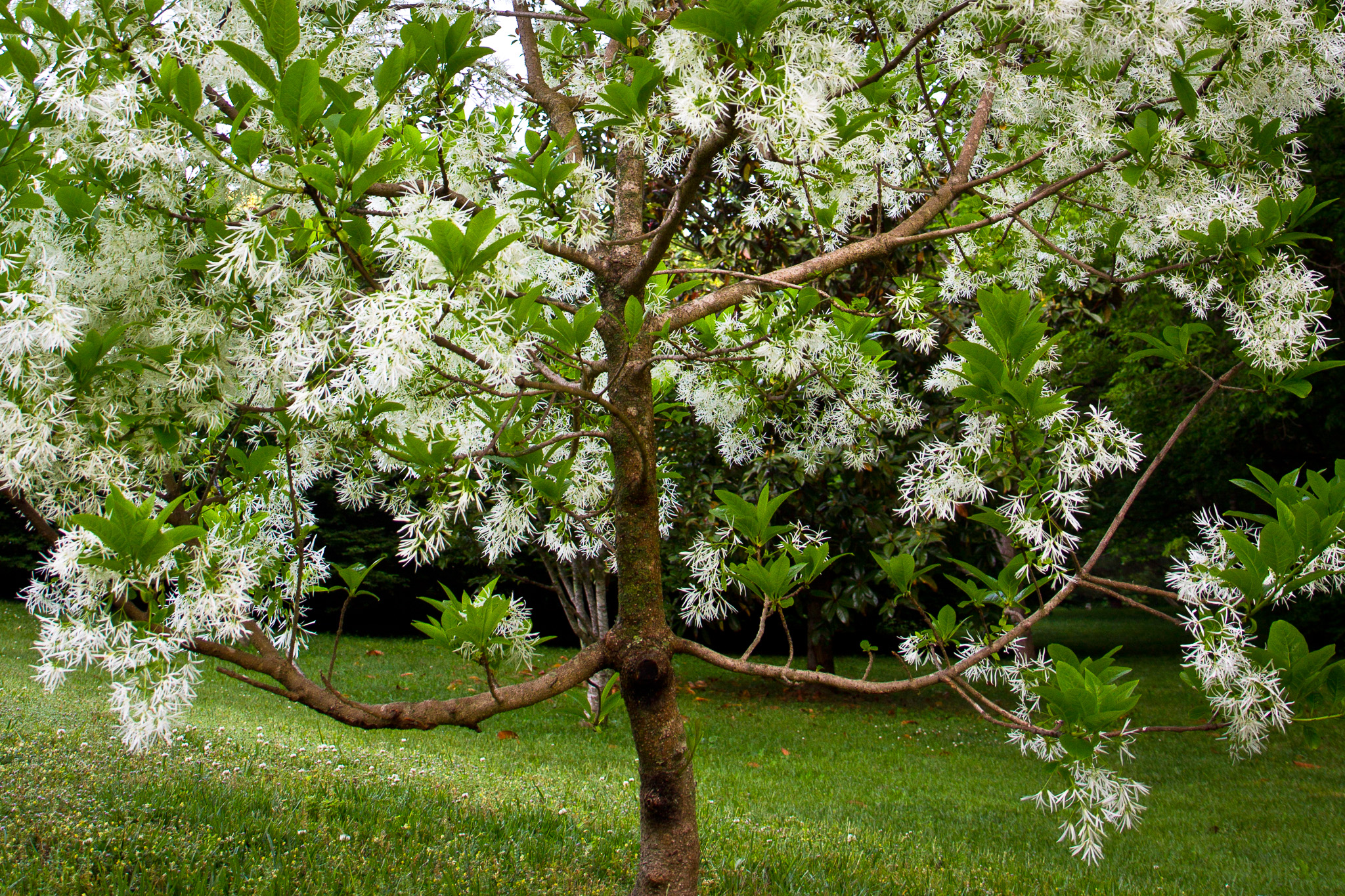

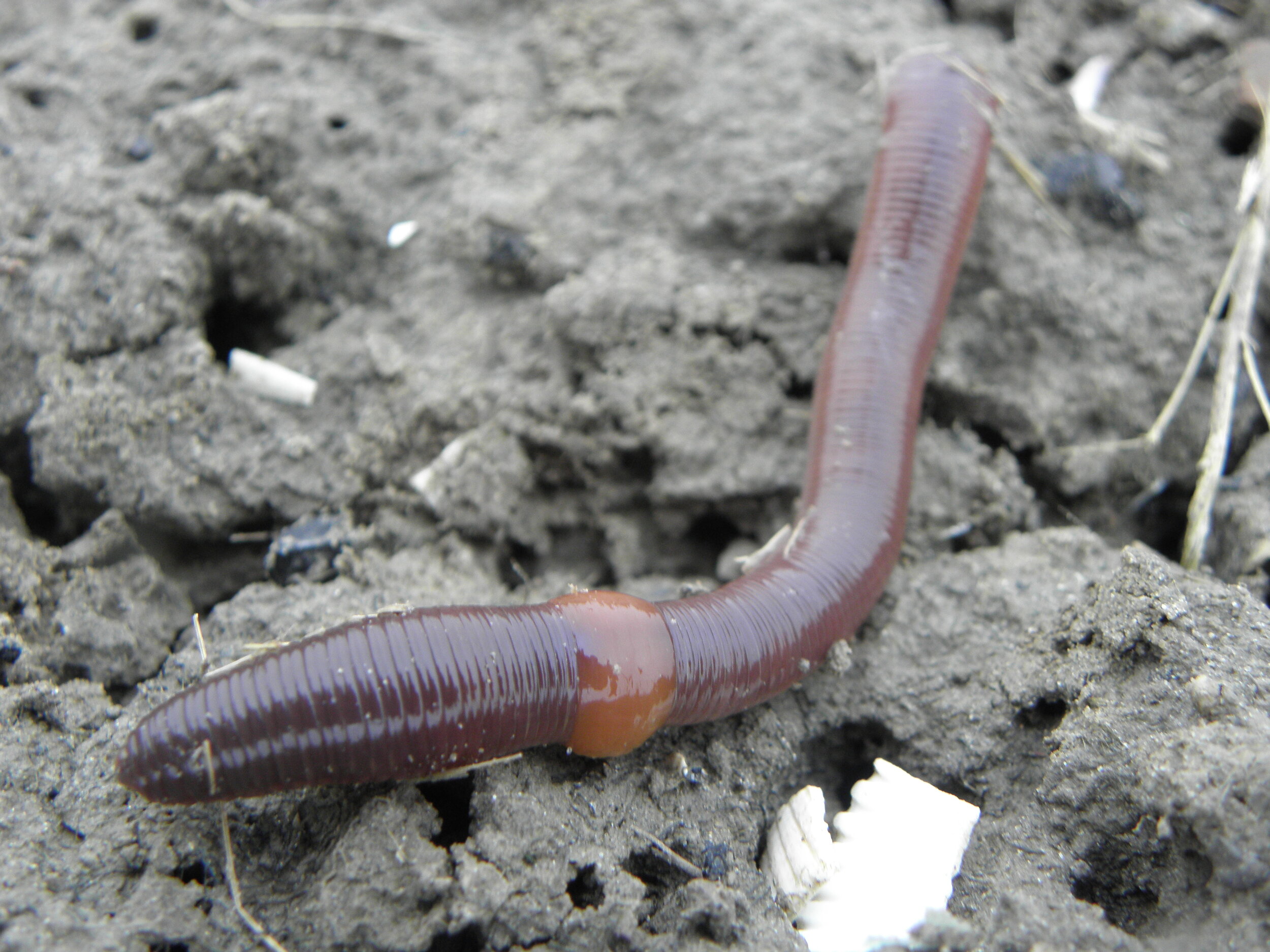
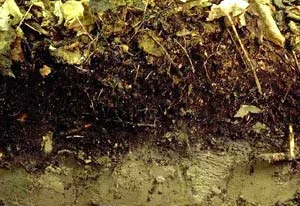
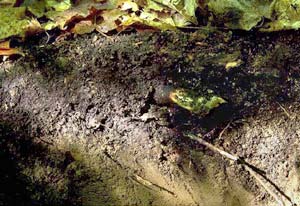
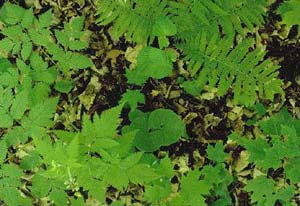
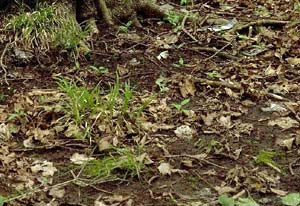










![Howea belmoreana and Howea forsteriana [SOURCE]](https://images.squarespace-cdn.com/content/v1/544591e6e4b0135285aeb5b6/1493668069898-57NESX2V52YKJ81V4I12/nature04566-f1.2.jpg)













![Photo by Keith Bradley kab_g_amphiantha_1012 March Forty Acre Rock Heritage Preserve Lancaster County SC [SOURCE]](https://images.squarespace-cdn.com/content/v1/544591e6e4b0135285aeb5b6/1491873678294-OU79283XPNT3QWCWVJN2/image-asset.jpeg)






![[SOURCE]](https://images.squarespace-cdn.com/content/v1/544591e6e4b0135285aeb5b6/1490721649685-7VDQ5S929EILAFUA4HS1/image-asset.png)
